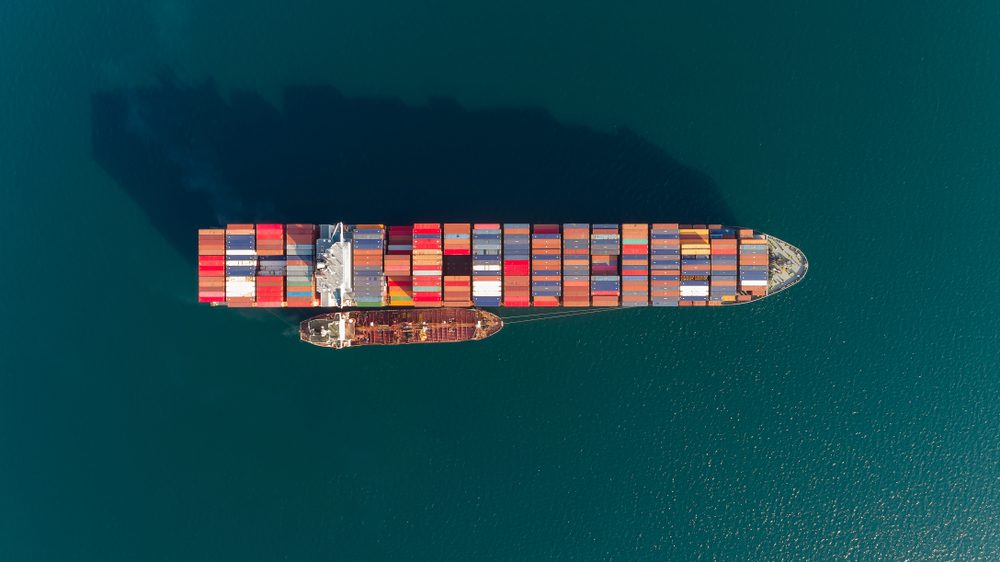Shipping Giants Race to Speed Up China-Peru Trade With New Route
Competition to accelerate maritime trade between China and Peru is heating up after a sprawling Chinese-owned port opened along the country’s Pacific coast.

By Mike Wackett (The Loadstar) –
Low-sulphur bunker prices increased another $100 per ton yesterday and, having soared by a third since the end of February to about $1,000 per ton, are adding millions of dollars to the cost of operating a ULCV on an Asia-North Europe round-trip.
And with a Russian oil ban “on the table”, as sanctions are ratcheted-up following the invasion of Ukraine, traders are predicting oil could hit $200 a barrel by the end of the month – more than double the price at the beginning of the year.
Notwithstanding the huge profits reported by ocean carriers in the past year, the leap in fuel costs will oblige shipping lines to readjust their 2022 full-year outlooks, hitherto calculated on an average of around $500 per ton.
The carriers will, of course, endeavour to claw back as much as possible in the form of emergency bunker surcharges and more use of slow-steaming to mitigate the financial impact.
Moreover, the widening spread between the price of compliant low-sulphur fuel oil (LSFO) and HFO (heavy fuel oil) – now approximately $250 a ton – will see renewed interest in scrubber retrofits, as and when special surveys or other operational downtimes of ships allow.
Meanwhile, carriers are becoming concerned about falling demand – not on the transpacific, where US consumers’ insatiable appetite shows no sign of waning – but particularly on the Asia-Europe tradelane.
Even before Russia invaded Ukraine, there were signs of a softening of demand from European consumers starting to struggle with higher energy costs and other inflationary pressures.
The Loadstar has seen evidence that orders from Asia of low-value high-cubed commodities have been cancelled, as the eight-to-ten-fold increase in shipping costs since the start of the pandemic has made retailing these products unsustainable.
A London-based garden furniture retailer told The Loadstar recently he “could not pass on a 30% increase” in the China-manufactured product and had decided to cancel orders until rates came down.
And there are signs that rate erosion may have begun, at least on the Asia-North Europe tradelane. This component of the spot indices, which had remained stubbornly elevated after the Chinese New Year peak, has now started to recede.
For example, last week’s Freightos Baltic Index (FBX) reading for Asia to North Europe dipped 4.5%, to $13,585 per 40ft, and Niels Rasmussen, chief shipping analyst at BIMCO, said the container shipping market could see an “earlier return to normal if growth is hit”.
On the suspension of bookings by ocean carriers to and from Ukraine and Russia, he noted that both countries were not key markets, adding: “Considering the very high global demand, the developments in the two countries should not be much of a concern for container rates or demand.”
Nevertheless, he said that in specific areas, such as some reefer trades, the loss of volume could be more significant.
“The impact of the war on the global economy and consumer confidence may weaken growth prospects,” said Mr Rasmussen. “This could lead to an earlier ‘return to normal’ from the current elevated demand, which in turn could ease congestion in ports.”
The Loadstar is known at the highest levels of logistics and supply chain management as one of the best sources of influential analysis and commentary.
Sign up for gCaptain’s newsletter and never miss an update

Subscribe to gCaptain Daily and stay informed with the latest global maritime and offshore news
Essential news coupled with the finest maritime content sourced from across the globe.
Sign Up